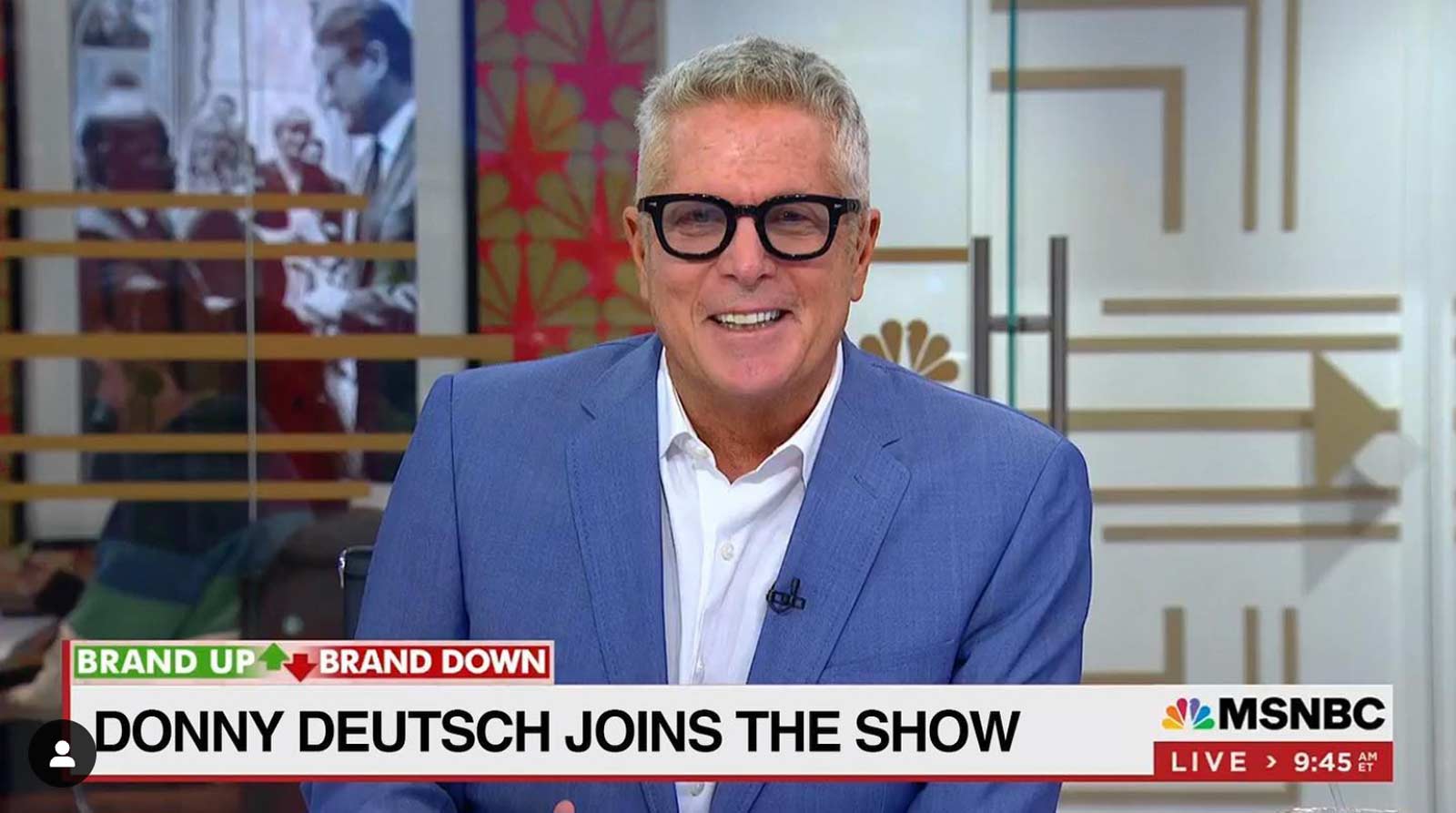Q: Can I sell photos of public figures taken at a public event as NFTs?

A: This depends in part on whether the event was on public or private property. If it takes place on public property, you can take such a photograph without violating the law in most countries. A person attending a public event typically has no privacy interest that would be invaded by taking a photograph. If it takes place on private property, you will need to determine whether either the event organizers or the owner of the property have restrictions around the use of photography.

The use of a photograph depicting identifiable people, especially public figures, can be much more complicated. Such photographs can usually be published and sold without violating any laws in many (but not all) countries, including the United States. However, if the owner makes commercial use of the photograph, this may violate right of publicity laws. (See my column on Can I sell works of street photography as NFTs? for further discussion of commercial use.)
While many sales of NFTs based on a photograph may not constitute a commercial use, some may. Given this uncertainty, where possible photographers should consider obtaining a written consent (often called a “model release”) from any person who is identifiable in the photograph, or whose private property is visible in the photograph. The law around such use may vary by jurisdiction.
Now, who is considered a public figure under the law? That’s a long column in itself, which we’ll leave for another day. But Wikipedia has a basic article on the subject to get you started.
Featured image at top: Natalie Coughlin after winning the 50 free at the 2013 Santa Clara Grand Prix (Photo by JD Lasica).
Editor’s note: This is another in a series about NFTs and the law. Check out our blog for additional articles on the subject that will appear each week.
Disclaimer: The information provided on this Web page does not, and is not intended to, constitute legal advice; instead, all information and content on this page are for general informational purposes only. You should contact an attorney to obtain advice with respect to any particular legal matter, and you should not act nor refrain from acting on the basis of information on this site without first seeking legal advice from an attorney in the relevant jurisdiction.






